Oklahoma City Philharmonic Orchestra
Emil de Cou, conducting
Music from Psycho, To Catch a Thief, Strangers on a Train, Dial M for Murder and North by Northwest
Civic Center Music Hall, October 31 and November 1, 2008
Review
While the Master of Suspense was the honorary subject of two successive concerts, Bernard Herrmann was clearly the unmitigated source of one particular emotion on both evenings: excitement. Five music selections, four of which accompanied film clips on screen, one short sketch, and commentary filled the approximately two-hour performances. Fittingly, Bernard Herrmann’s two works, Psycho and North by Northwest opened and closed the evenings.
Emil de Cou, associate conductor of the National Symphony Orchestra, began conducting Psycho’s tense “Prelude” underneath a giant screen bathed in bright, bold red. No introduction was offered (nor needed) and no visuals from the film were used. Conducting without a baton, de Cou commandingly led the orchestra from “The Madhouse” to “The Murder” and into the “Finale.” The tempo was held down a bit, similar slightly to that of Herrmann’s own December 1968 recording. It was a tense and an especially ominous performance.
Typically in many recordings it is the jarring shock of “The Murder” and the ceaseless rhythm of Psycho’s opening that is transmitted to the listener. However, de Cou’s reading suggested something far more menacing and frosty underneath Herrmann’s strings. Coupled with no film clips, only the deep, penetrating red screen, created a cogent and rather subtle sense of near Orwellian doom. For a fleeting moment, Big Brother was watching. Once again Herrmann’s infamous score lures its listener into layers of unexplored psychology and fear. The audience at the beginning of “The Murder” responded audibly with a collective mixture of “oohs” and “ahhs” along with some laughter–not mockingly, rather like the unanimous understanding of a clever witticism or punch line of a good inside joke.
The second evening’s performance of Psycho seemed to be slightly more energetic and faster for “The Prelude” and “The Murder” cues. B. J. Wexler, host of local public television’s OETA Movie Club, narrated the evenings by introducing the film clips, providing some brief information on Hitchcock and the composers, and interacting with the audience as he successfully does on his television program. Wexler outlined the program at this point referring to the composer of the next selection, Lyn Murray, as a “very good” composer, following that with the two Dimitri Tiomkin scores by this “great” composer, and finally referred to Bernard Herrmann, composer of the opening and final piece as a “very great” composer.
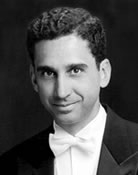
To Catch a Thief began from the beginning with the opening Paramount and VistaVision logos and continued throughout Cary Grant’s clever evasion of the inspectors ending with the comical shot of Hitchcock on the bus. One cannot help to catch the beautiful photography and note the savoir vivre of Cary Grant’s character as he sprightly moves around the garden over a magnificent French backdrop. The music carefully dips in and out without intrusion. Emil de Cou’s amazing ability to both lead the orchestra (baton restored) through a sweeping and refreshing performance of Lyn Murray’s music and still maintain accurate synchronization to the film was quite impressive.
Naturally, to maintain continuity, portions of the films where no music exists continue to play while the orchestra pauses until music begins again. Later in North by Northwest, some elements of the film are truncated and the music is continued to avoid a time gap and maintain the integrity of the performance. At the conductor’s podium were two small screens, one with a large round timing clock and the other showing the film as it is playing on the large screen. Having chosen the upper balcony for the first night, namely for sound quality (and price), my view from the mezzanine on the second night offered a clear, though somewhat distant, view of the synchronization monitors.
The next selection came from Strangers on a Train and consisted of the opening titles through the first meeting. The performance had a bit more polish than that which is heard in the film and there were fewer vibratos. Following the opening was the eerie sequence when Guy takes the revolver and goes to Bruno’s home to warn Bruno’s father. The orchestra managed to maintain a calculated and cool undertone which rendered the scene surprisingly contemporary—especially the image of the dog standing at the top of the stairs framed by tall windows and moonlight. Of course Guy enters the bedroom in the darkness and as he attempts to warn Bruno’s father of his son, discovers Bruno himself waiting for him.
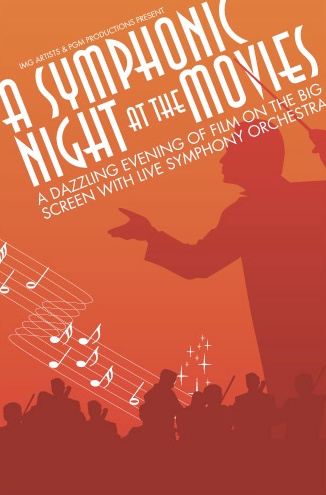
The performances of this music on both evenings generated the same effect. The hint of ambiguity exists within the buildup: will he murder Bruno’s father or warn him? Intensified by Tiomkin’s music, the suspense builds during the clip beginning just as Guy takes the revolver with him (later placing it in his pocket) and ending with Bruno’s chilling “yes, Mr. Hanes?” Finally reaching the climatic carousel sequence after Hitchcock’s juxtaposition of Guy and Bruno’s varying difficulties in reaching the amusement park, de Cou drove the orchestra into an exciting and highly exhilarating performance of the dizzying fight for the cigarette lighter. Not to leave us in such emotional duress, Strangers played through the humorous ending—once again on a train.
An intermission followed before a short film was shown. In it, the North by Northwest trailer was used having had film scenes replaced with Hitchcock home movies. The idea is while Hitchcock informs us of how to take a perfect vacation, we are given an intimate and humorous look into his own private home footage of family vacations. Underneath this playful visual frolic, for want of a better word, we are treated to Hitchcock’s signature tune, Charles Gounod’s “Funeral March for a Marionette.”
Unfortunately, I felt the montage did not work. First, the audio of Hitchcock drowned out the orchestra. Second, while the home movies were fun and enjoyable, there existed too audibly the sounds from North by Northwest clips which appear originally in the trailer. At one point Eva Marie Saint’s screaming can be heard over cute visuals of Hitchcock’s daughter as a toddler—unintentional, certainly. Furthermore, the breaks between Hitchcock’s narration (which is quite humorous) were choppy when sandwiched between the jerky old footage, as old home camera footage often is. The audience did seem to enjoy seeing the Hitchcock family generally enjoying themselves, but the music was sadly buried under the loud audio. The second evening proved somewhat better, yet still the montage was not quite right and the concept remained overall disappointing.
Dial M for Murder, a fairly unusual choice, followed and here the orchestra was able to propitiate the audience after the previous segment. What followed was a capable performance of Dimitri Tiomkin’s opening music. In the film the xylophones do not seem to come through at the beginning over the giant phone dial. In fact, I have never noticed them until these performances. Here, as in Strangers on a Train, three key selections are given. The first of these, while given a fine performance from the orchestra, eventually fell flat and became somewhat unsatisfying. At some point while the audience watches Ray Milland’s character go about convincing his wife to stay home for the night, the music’s mawkishness began to slow the pace, resulting in boredom.
After the opening titles and Grace Kelly’s reluctance to stay home for the evening, the chilling and highly suspenseful murder attempt was played out. During this gripping and superbly filmed scene, it was difficult to pay careful attention to the orchestra while Kelly struggles for her life and ultimately saves it with the help of a memorable pair of scissors. The third and closing selection was Ray Milland’s final return to the flat where his scheme is ended.
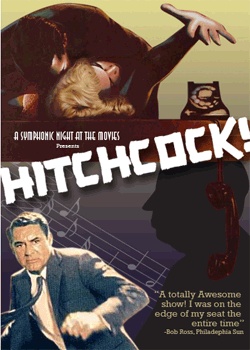
I suggest Dial M for Murder an unusual choice because the music is not quite as memorable as Franz Waxman’s Rebecca score or Miklós Rózsa’s music for Spellbound. While it does succeed in carrying the suspense to some degree, it fails to reach the heights that other Hitchcock music scores, especially those of Bernard Herrmann, accomplish. Fortunately the next and final music selection for each evening was from Bernard Herrmann’s great North by Northwest. The music choices were both generous and by far the best performances on both nights.
The “Overture” was timed perfectly from the opening underneath the MGM lion’s roar to the amusing Hitchcock cameo at the bus stop. Next the intoxicating “Wild Ride” was performed. Sound effects of the screeching car tires and car horns were adjusted carefully so that often it became difficult to discern the performance from Herrmann’s own. Particularly evident of superior play were the final scenes beginning with Cary Grant’s hospital window escape to the Mount Rushmore chase. “The Matchbook” came through very clearly and the harp was delicate and never sunk beneath the strings. The timpani were most noticeable during the fandango over the monument, but the trombones really gave each performance the sound so distinctive to Herrmann’s score.
The first evening’s performance did have a video digitizing problem that worsened toward the end. At one point when Eva Marie Saint takes the figurine (with microfilm) from James Mason, the screen went off for a few seconds and only a giant timing clock was shown before the film was restored. Much to the credit of the conductor, the music did not miss a beat. In fact, the timing of the kettle drums as the rock falls out from under Saint was precise. Of the various recordings of North by Northwest, these performances were some of the very closest to Herrmann’s original recording. At the end when the train runs into the tunnel (“Come along Mrs. Thornhill”), it was an experience akin to being at the original sessions. Certainly the audience gave its greatest applause at the finish.
The second evening’s performance of North by Northwest may be the stronger one, but only by a diminutive fraction. Overall, de Cou was able to turn out two fine concert performances with the Oklahoma City Philharmonic as well as demonstrate his careful attention to both musical details involving the films and an overall understanding of the different approaches, styles, and nuances of each composer. For Oklahoma City, this highlight opening of the Pops concert season was a refreshing one, not merely for the opportunity to hear music of Bernard Herrmann performed but also impressive performances of his music. After these enjoyable evenings, it would be thrilling to hear de Cou’s reading of Herrmann’s concert works, specifically the challenging Moby Dick cantata or perhaps his Symphony.
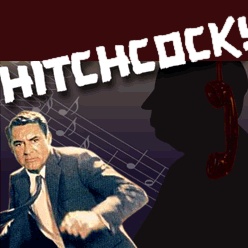

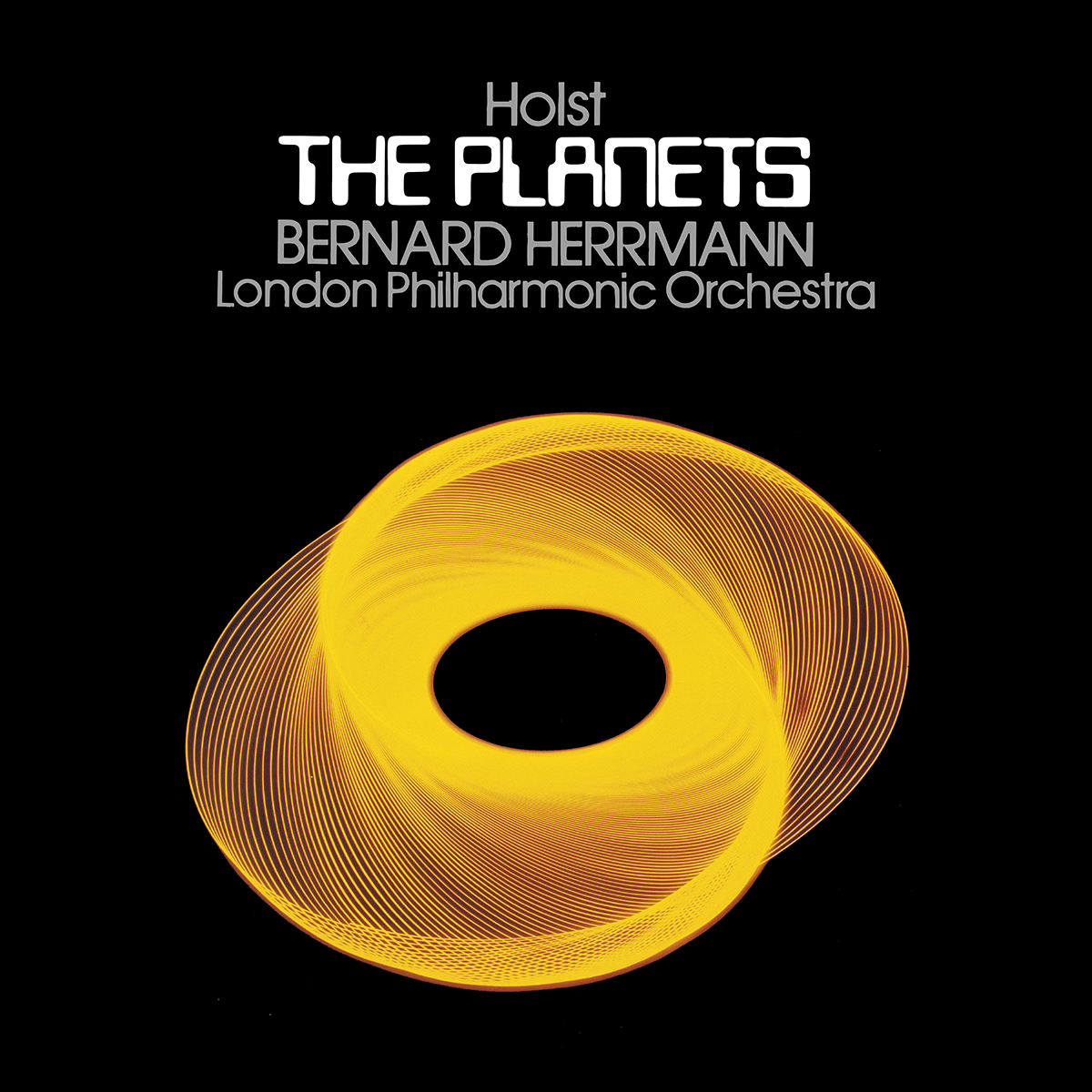
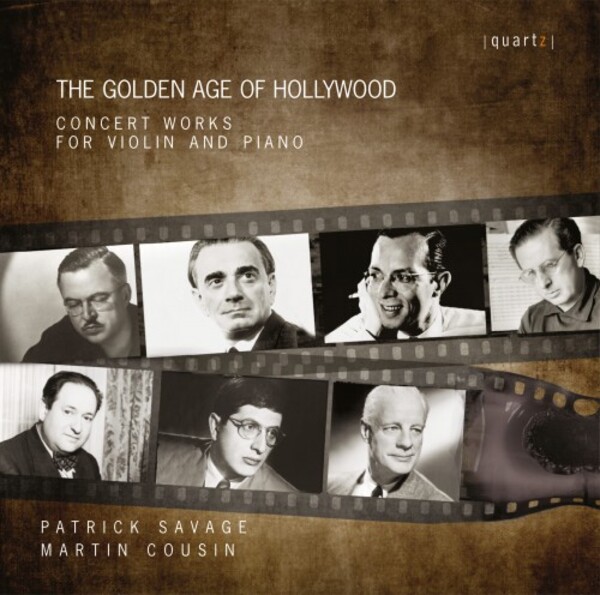
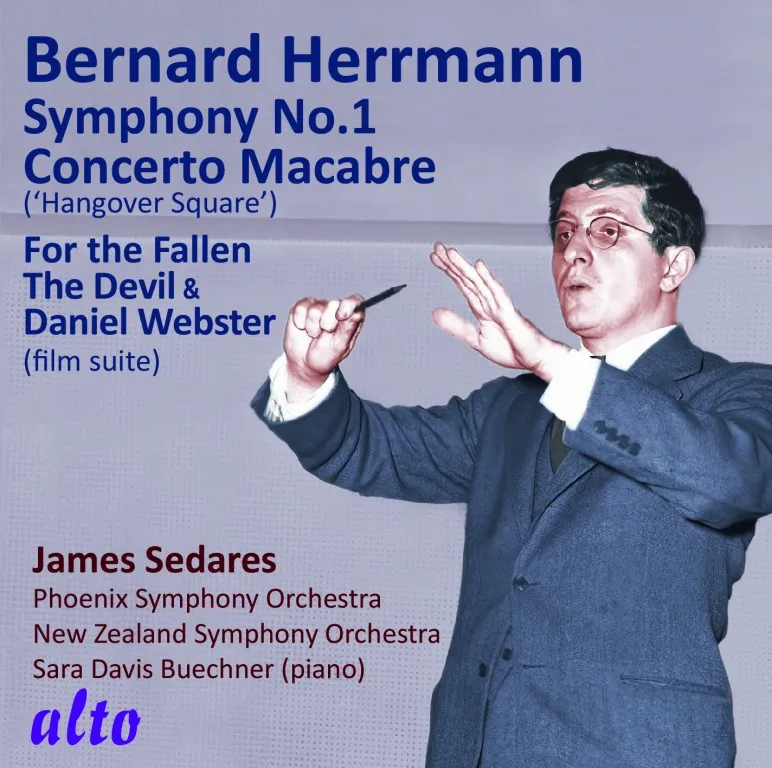
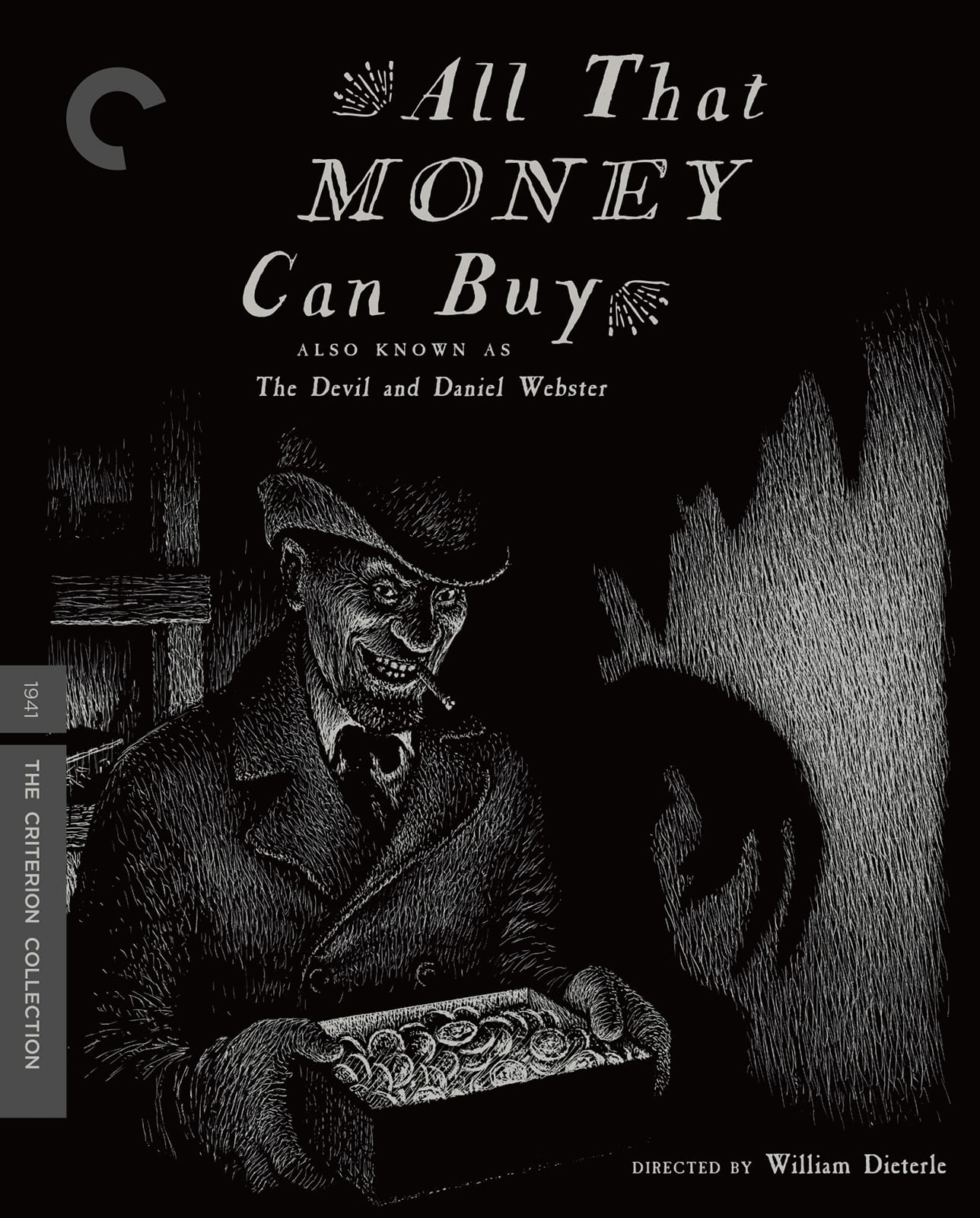
![The Man Who Knew Too Much – 4K restoration / Blu-ray [A]](http://www.bernardherrmann.org/wp-content/uploads/2023/11/TMWKTM-4K.jpeg)
![The Bride Wore Black / Blu-ray [B]](http://www.bernardherrmann.org/wp-content/uploads/2023/07/BrideWoreBlack.jpeg)
![Alfred Hitchcock Classics Collection / Blu-ray [A,B]](http://www.bernardherrmann.org/wp-content/uploads/2020/07/AHClassics1.jpg)
![Endless Night (US Blu-ray) / Blu-ray [A]](http://www.bernardherrmann.org/wp-content/uploads/2020/03/EndlessNightUS.jpg)
![Endless Night (UK Blu-ray) / Blu-ray [B]](http://www.bernardherrmann.org/wp-content/uploads/2019/12/ENightBluRay.jpg)